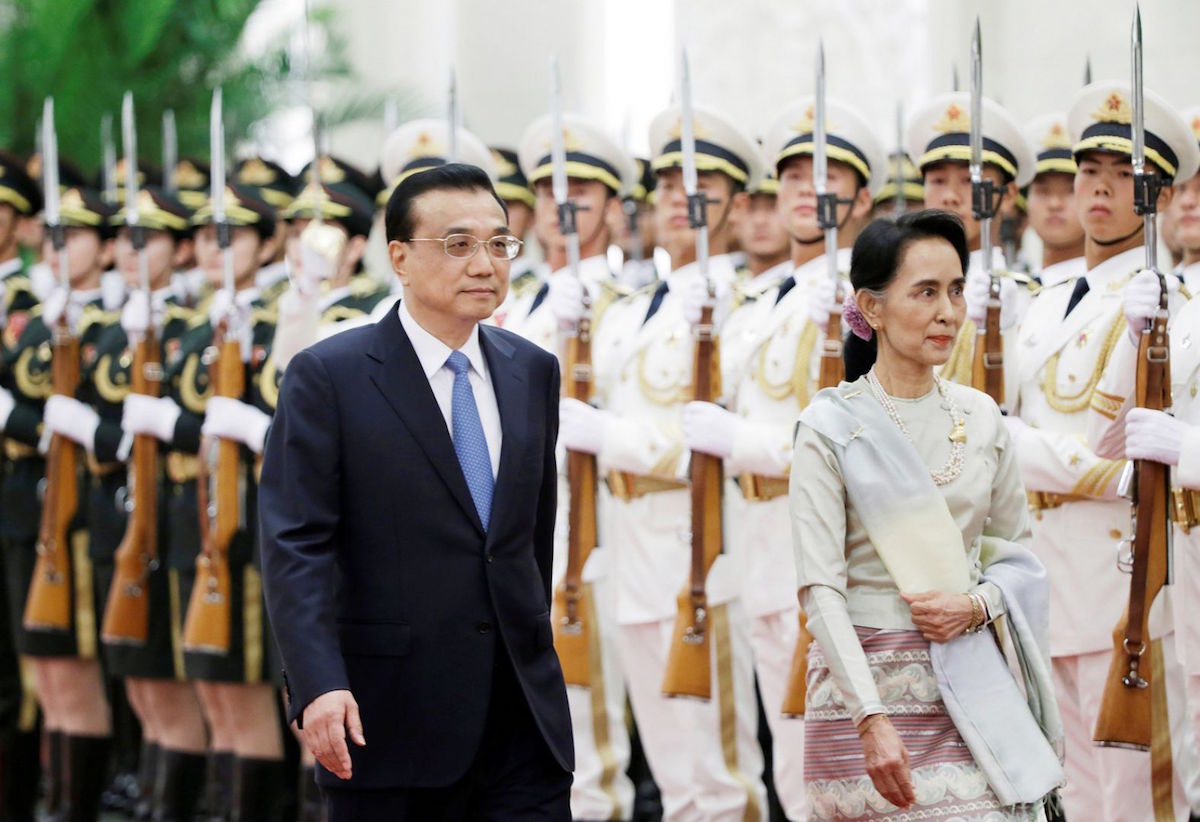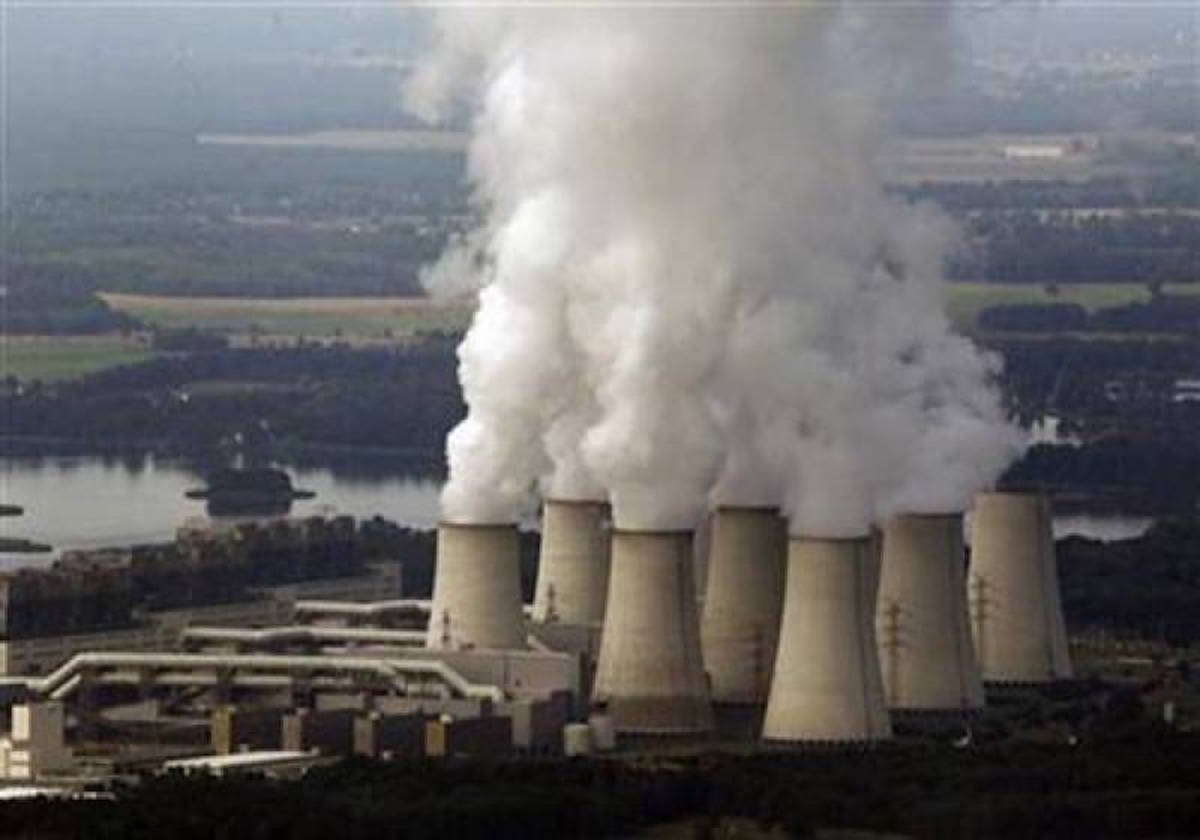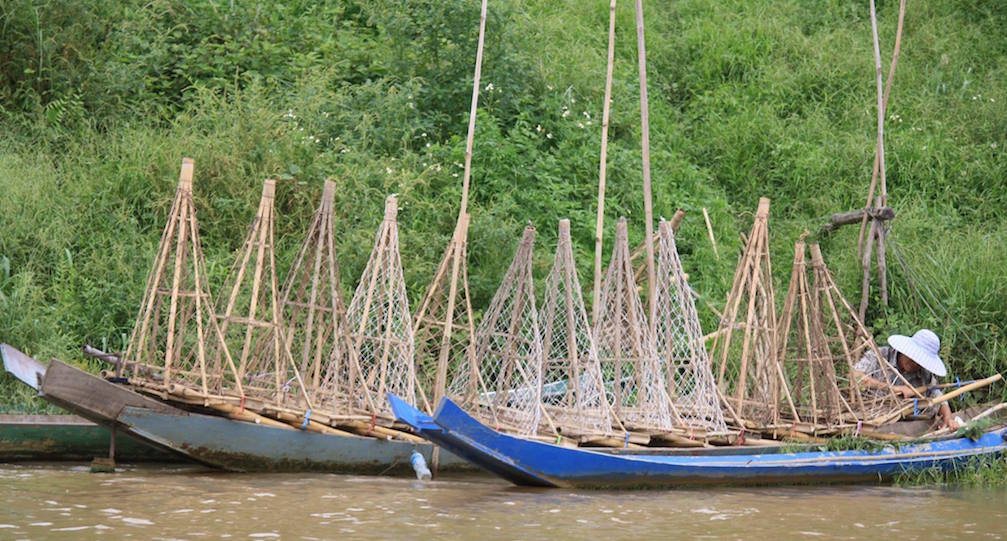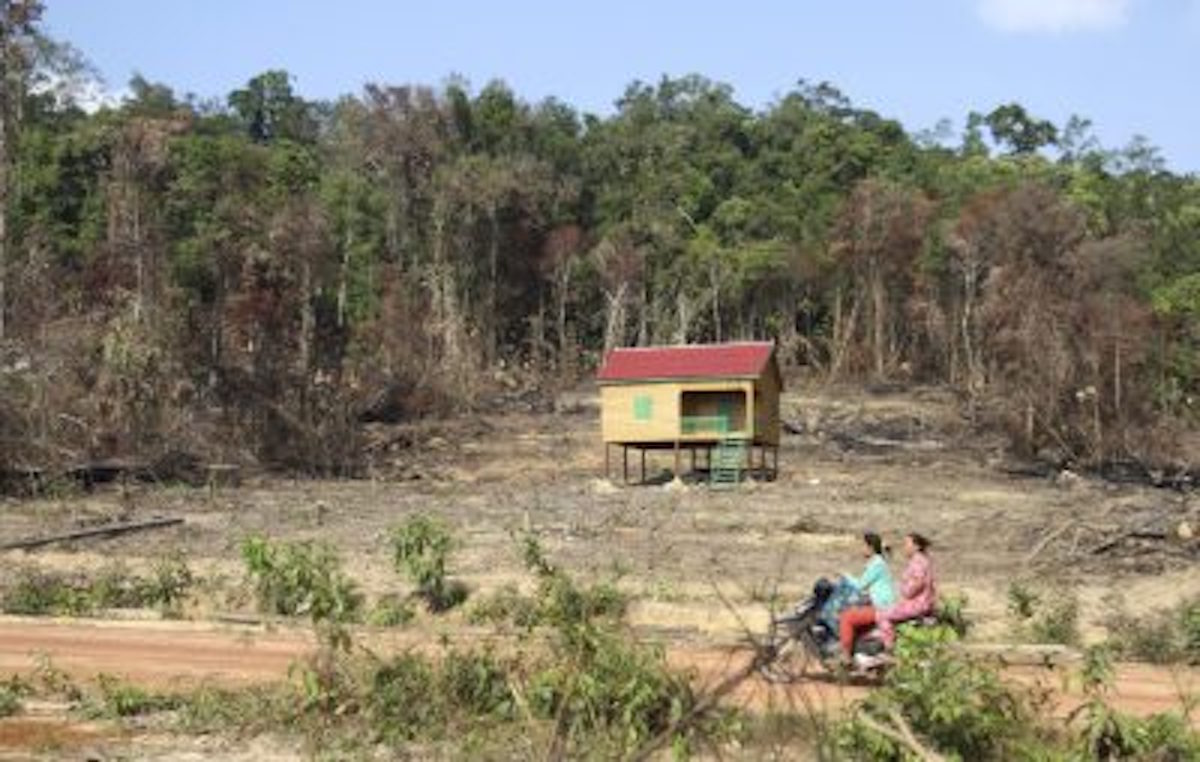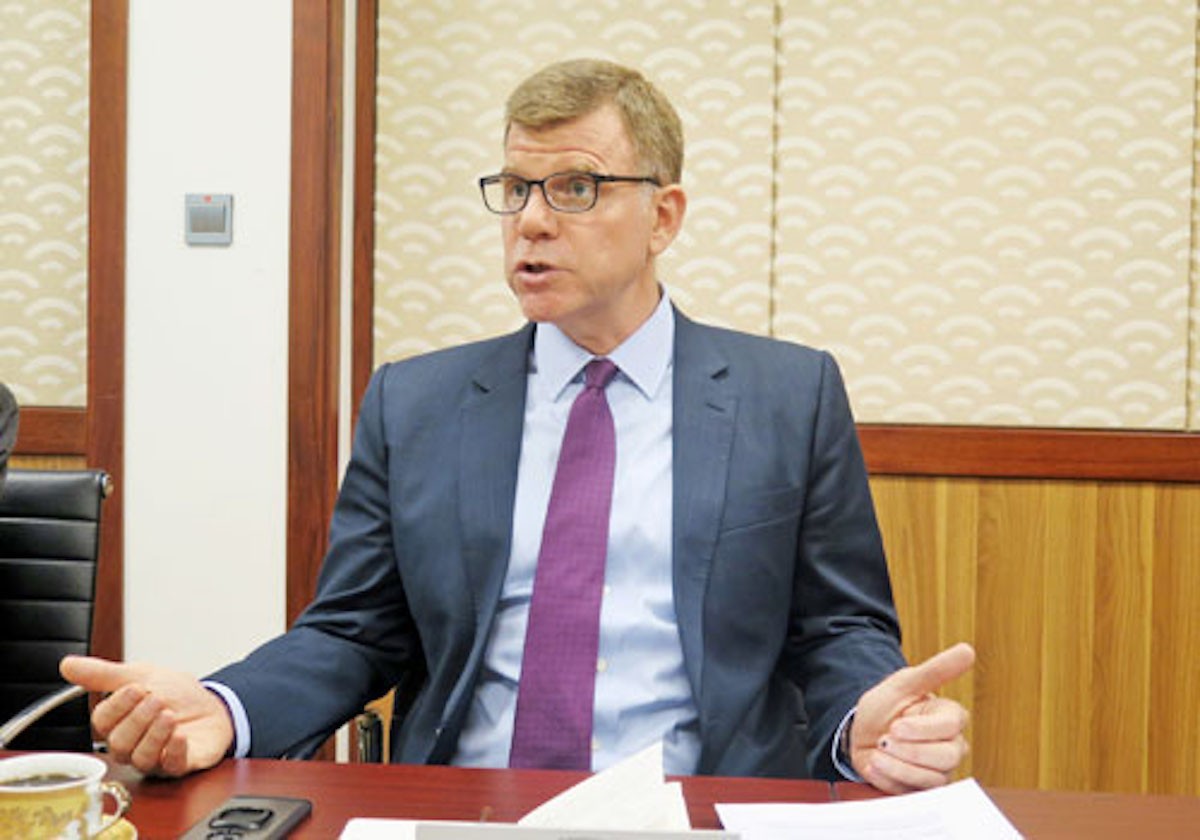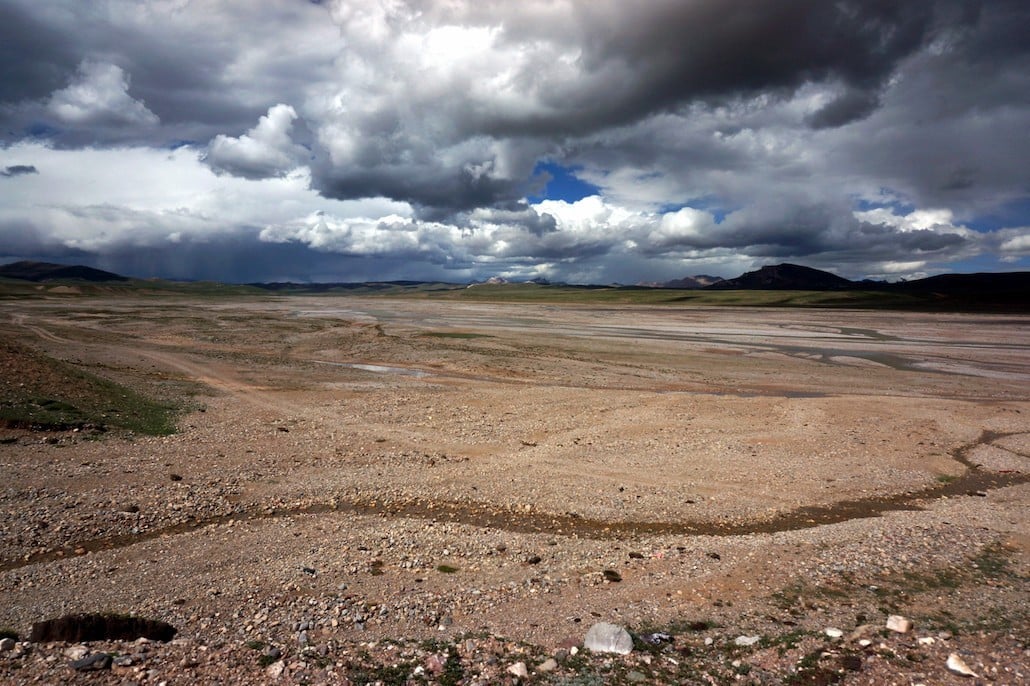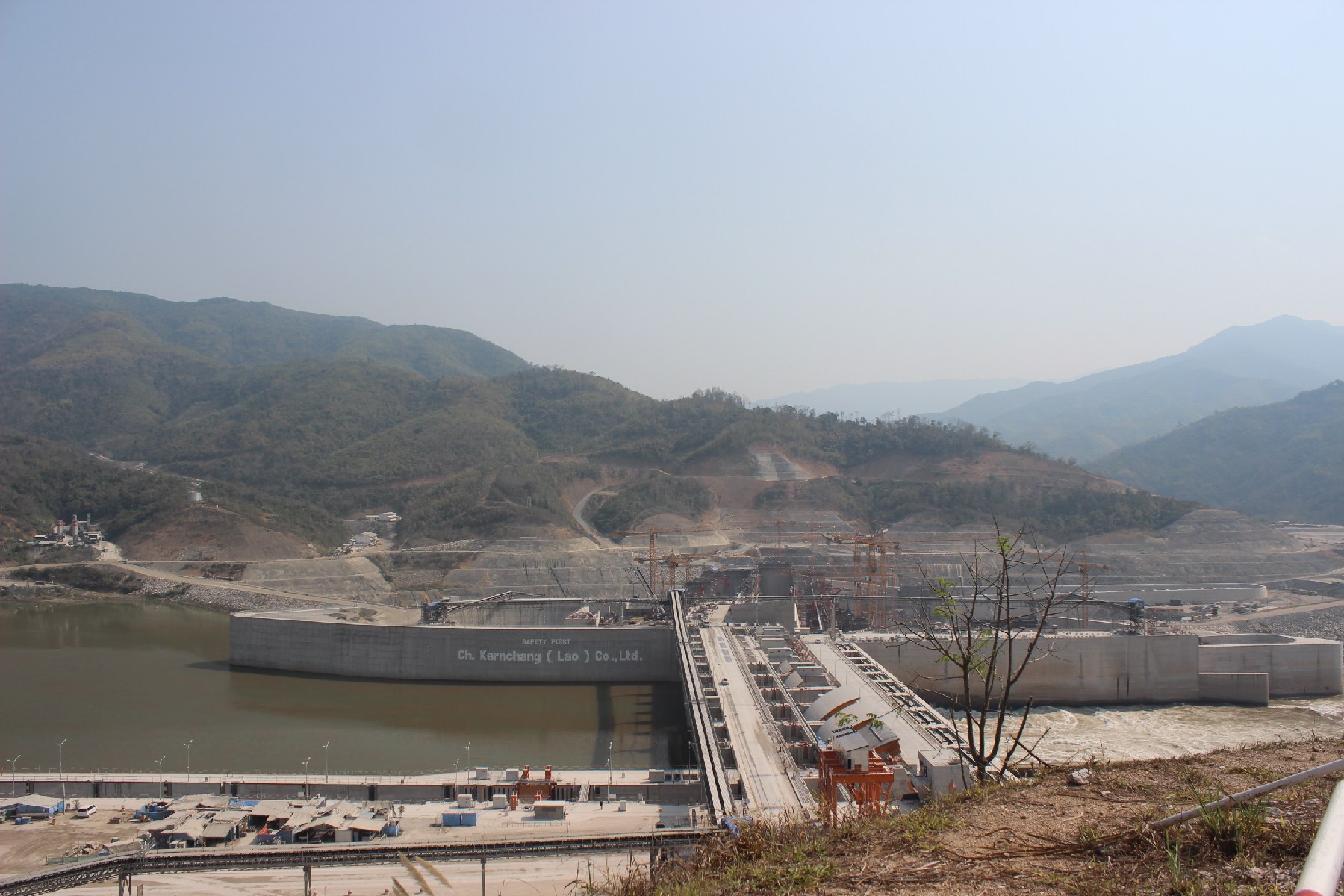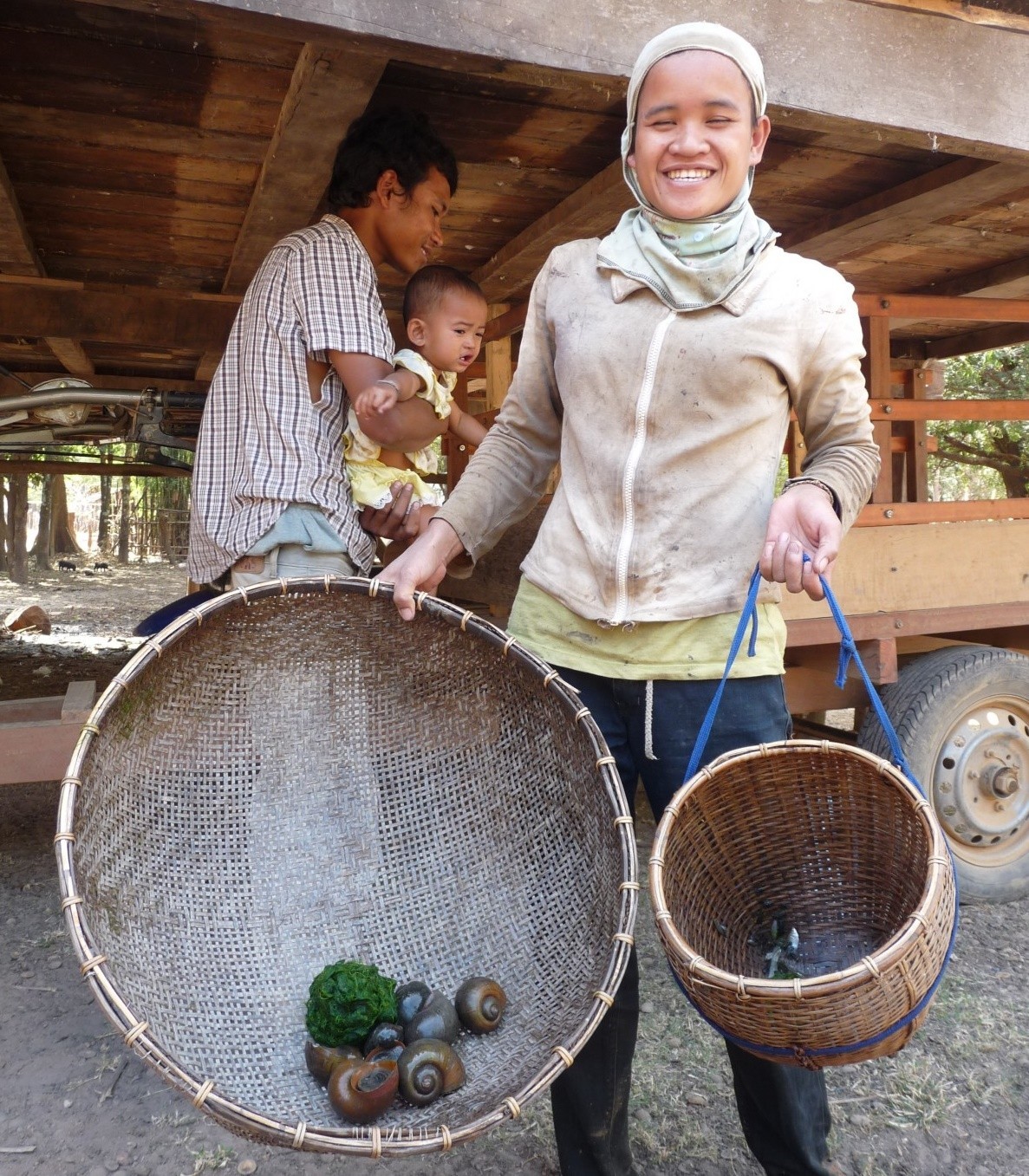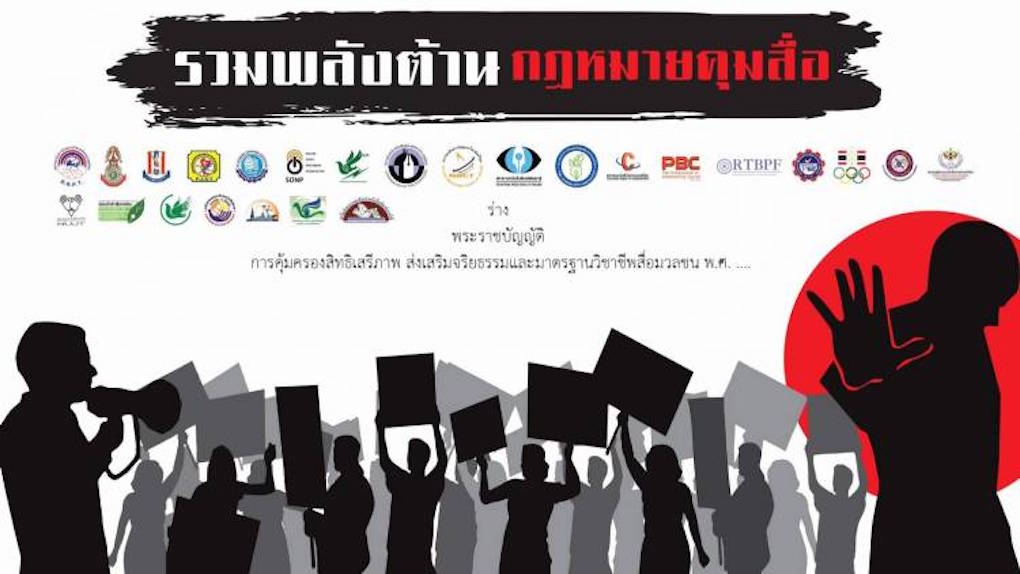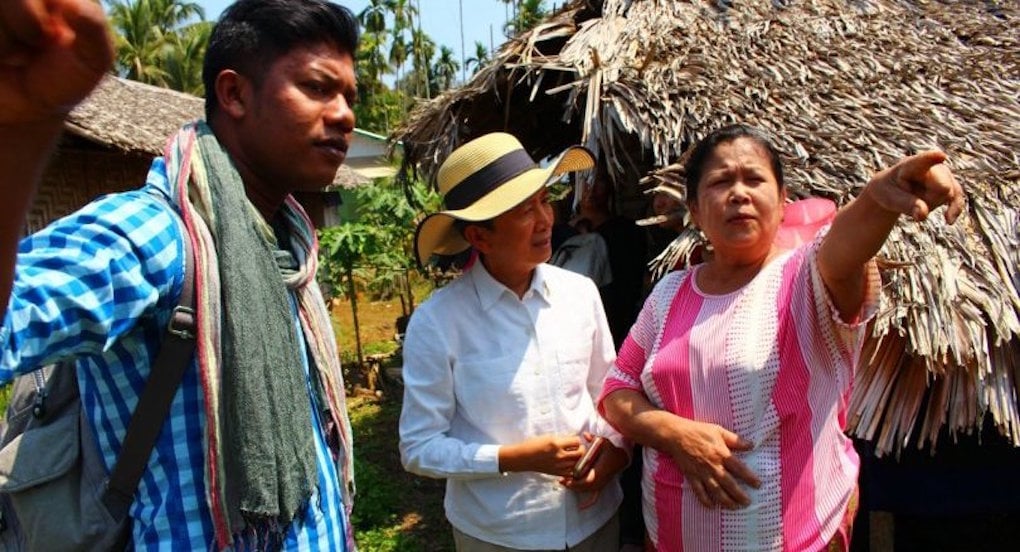Myanmar is sandwiched between two very large neighbours – China and India. Relations with China are not currently cordial, especially among the Myanmar people, who retain memories of numerous undue political and economic interactions and incidents.
Category: Region
Selected environmental stories from media outlets in the Mekong region and beyond.
AIIB plans to “conditionally” support coal power
Experts call for the China-led development bank to lay foundations for Asia’s clean energy transition, write Liu Qing and Tang Damin
Rebuttal to MRC CEO Statement: “Hydropower Development Will Not Kill the Mekong River”
US-based Viet Ecology Foundation responds to MRC CEO recent media interview on the future of the Pak Beng dam project.
Elites are threatening Cambodia’s forests
Large-scale plantations have resulted in Cambodia exhibiting one of the world’s highest rates of deforestation. The major driver of forest policy during the 1990s, and now, concerns elites who deploy the state to manage and exploit Cambodia’s natural resources.
Implementation is key: ADB Vice President
Myanmar has tremendous potential for development and the government is on the right track. These are the comments of Stephen Groff, Asian Development Bank’s vice president for East Asia, Southeast Asia and the Pacific.
Source of Mekong, Yellow and Yangtze rivers drying up
National park could help save the headwaters of the Tibetan plateau that are evaporating because of climate change, says Chinese geologist Yang Yong
A look inside Xayaburi dam
The Mekong Eye had a rare opportunity to visit the Xayaburi dam. This photo essay shows its progress.
International Women’s Day: How a “changing world” can affect equality in decision-making
What happens when the change in work comes about due to more major livelihood changes that transform the gender dynamics of work and decision-making in whole communities?
Regime puts journalists in the crosshairs
What does the media rights protection bill hold in store for Thai journalism?
Communities demand transparency and participation in Dawei SEZ
Following their visit to Dawei, the National Human Rights Commission of Thailand (NHRC) will is invite members from Thai companies – Myanmar Pongpipat company and Italian-Thai Development company – to discuss the community’s recommendations.


